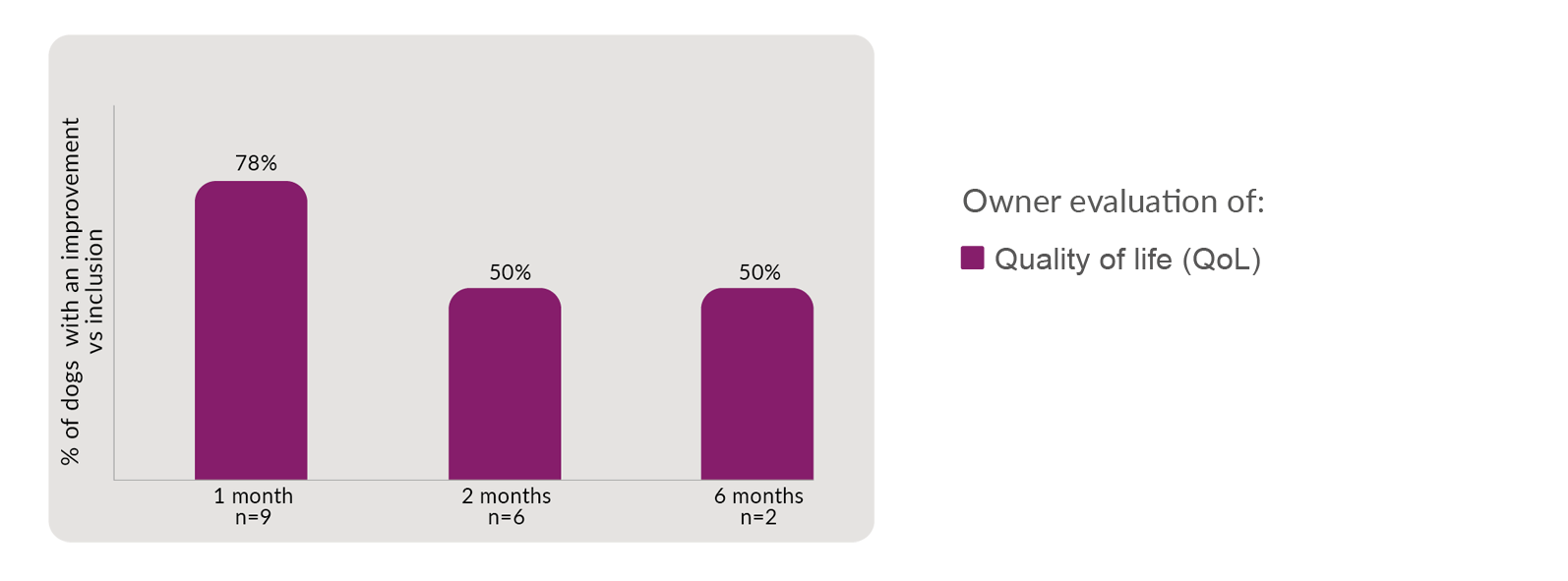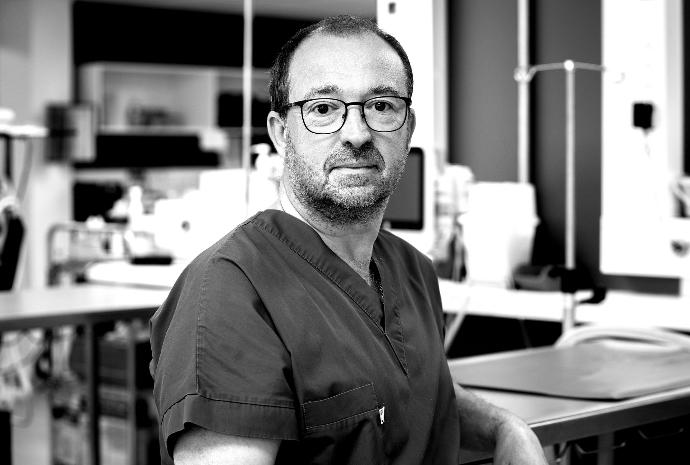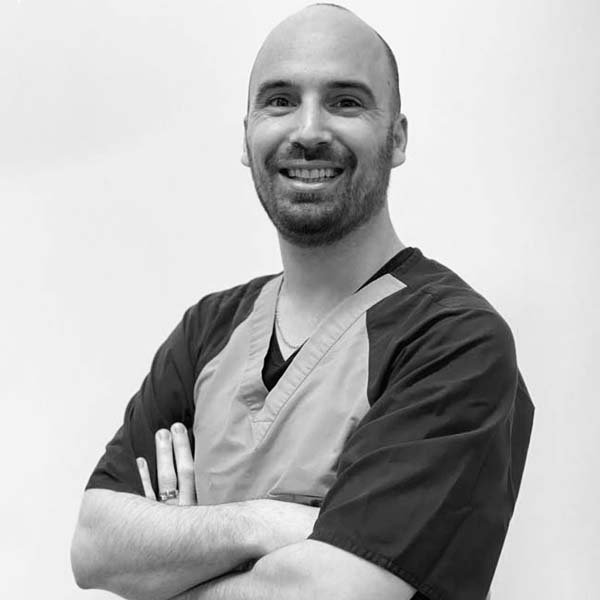
The new generation of palliative care for osteosarcoma

The new generation of palliative care for osteosarcoma



OSTEOSARCOMA, A DEVASTATING DIAGNOSTIC FOR PET OWNERS AND VETS
Osteosarcoma is the most common type of bone cancers in dogs. Chemotherapy, limb-sparing procedure and/or amputation remain the mainstay of treatment. However, it is not always feasible.
Cementoplasty with BIOCERA-VET® OSTEOSARCOMA RTU provides a palliative solution, improving the quality of life of the patient suffering from osteosarcoma.
Its percutaneous injection into lytic bone increases the bone’s mechanical strength, reduces pain and the risk of pathological fractures, therefore providing a minimally invasive, low-cost, and clinically valuable alternative to amputation.
Palliative care with BIOCERA-VET:
- Improves quality of life
- Reduces risk of pathologic fractures & relieves pain
- Low-trauma, minimally-invasive
- Cost-effective
GET OUR BIOCERA-VET OSTEOSARCOMA RTU PRODUCTS
WHY BIOCERA-VET OSTEOSARCOMA RTU?

Reducing risk of pathologic fractures

Relieving pain

Low trauma, minimally-invasive

Rapid recovery

Cost-effective
DO YOU WANT TO KNOW MORE?
Watch the testimonial of PR. Gauthier, who developed the cementoplasty procedure for dogs suffering from osteosarcoma.
Pr. GAUTHIER, Professor of Veterinary Surgery at College of Veterinary Medicine ONIRIS Nantes, France
EFFICACY AND SAFETY ASSESSMENT OF BIOCERA-VET CEMENTOPLASTY
- Prospective, non-controlled clinical trial
- Multicentric (6 sites in France)
- 12 dogs of medium, large and giant-sized breeds suffering from an appendicular osteosarcoma
- Percutaneous cementoplasty with BIOCERA-VET1. No other treatment than cementoplasty: no radiotherapy and no chemotherapy

Efficacy on pain (% of dogs with ≥ 50% score reduction vs score at baseline)
- Pain evaluation by owner (VAS): 67% of dogs at 1 month & 50% at 2 and 6 months with ≥ 50% score reduction vs score at baseline.
- Pain interference with function (PIS): 33% of dogs at 1 month & 50% at 2 months with ≥ 50% score reduction vs score at baseline.
- Pain severity (PSS): 56% of dogs at 1 month & 50% at 2 months with ≥ 50% score reduction vs score at baseline.

Quality of Life (QoL) owner evaluation
- QoL score: Improvement in 78% of dogs at 1 month & 50% at 2 and 6 months.
Safety
- 25% of complications were reported after the percutaneous BIOCERA-VET cementoplasty (compared to a 75% rate for a similar approach of cementoplasty performed with PMMA2).
- One fracture reported (8%) (compared to a 40% incidence of fractures in canine osteosarcoma3).

“The cementoplasty procedure with BIOCERA-VET is an interesting alternative to amputation because it allows, through a low-traumatic surgical procedure, an improvement in the animal’s welfare, an improvement in lameness and a significant pain relief”
Pr. O. GAUTHIER, DVM, Professor of Veterinary Surgery at College of Veterinary Medicine, ONIRIS Nantes, France
HOW TO USE
Do you want to know more?
Go and have a look at our YouTube channel!
“Thanks to its long working time and the absence of preparation, BIOCERA-VET OSTEOSARCOMA RTU makes specific surgical procedures such as cementoplasty easier. This new generation of injectable bone cement has a real added value combining unrivalled ergonomics & quality”.
Dr. D. SAYAG, DVM, Dipl. ECVIM-CA
Oncologist specialized in companion animals, Interventional radiologist
ONConseil, Toulouse, France


“BIOCERA-VET OSTEOSARCOMA RTU has very pleasant ergonomics, there is no need of preparation which saves surgery time. The prolonged workability of the paste is also convenient as it allows to take the necessary time to inject the substitute and fully fill the bone defects. This innovative product gives a new perspective in bone surgery.”
Dr. J. LETESSON, DVM, CES in Traumatology and Orthopedics, Dipl. in Microsurgery
Veterinary clinic Lameilhé, Castres, France
Do you want to know more?
Go and have a look at our YouTube channel!
Discover the case of Navy, who had cementoplasty with BIOCERA-VET OSTEOSARCOMA in January 2021.
Check out the full story of Navy and Claire!
DO YOU PRACTICE ORTHOPEDIC SURGERIES OR ONCOLOGY?
Get in touch with us for more information about BIOCERA-VET’s advantages and indications
"*" indicates required fields
Would you like to hear about the different steps of a cementoplasty with BIOCERA-VET Osteosarcoma?
Check it out and listen to the tutorial of Pr. Gauthier!
Pr. GAUTHIER, Professor of Veterinary Surgery at College of Veterinary Medicine ONIRIS Nantes, France


